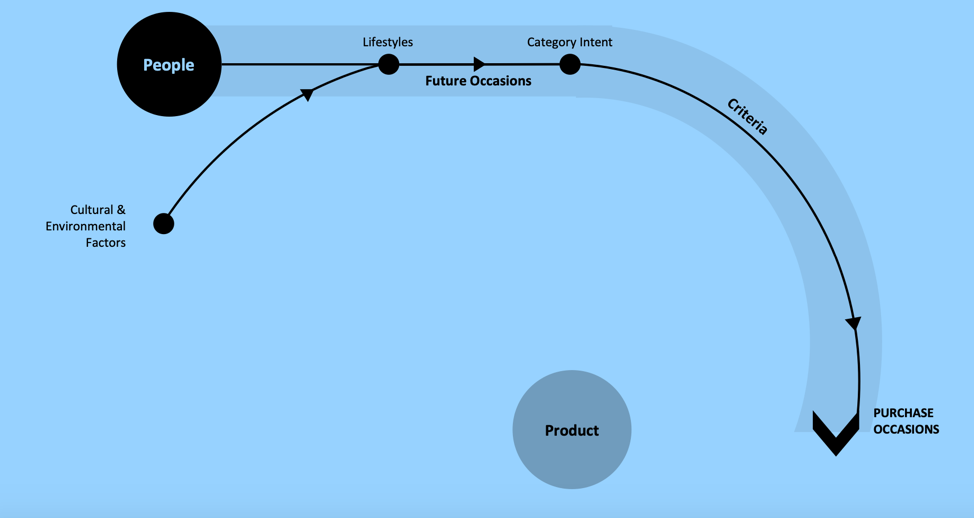Since we are both startup advisors and business school professors, we keep our eyes open for academic research that might be useful for startups. One important iceberg in the marketing ocean is Tactical Implementation. It’s easy to make mistakes in promoting a business that can be both expensive and a waste of money.
Over the last decade, there’s been quite the debate in marketing circles about which are the most important customers. The first view espoused by Professor Byron Sharp in his book, How Brands Grow, supports the use of “reach marketing.” His thesis is that people are not really loyal to brands. So the way to grow your brand is to implement reach marketing – reach out broadly, not targeted, to as many potential customers as possible and to secure new customers. Then, make sure that your product is widely available and has a memorable brand. For sure, those last two ideas (make it easy to remember and find your brand) are strong. But the focus on always recruiting new customers and spending to reach the highest number of customers has been hotly debated. This is expensive. So startups have a hard time doing it. And there’s not much proof that it’s profitable.
Instead, a number of other researchers including Joel Rubenstein have dug into customer databases to identify which customers have the highest return on marketing spend. They’ve coined the term “outcome-based marketing” which uses data to better target efforts rather than focusing on reach. Turns out there is a “movable middle” that behaves like your loyal customers, just inconsistently. They have medium to high buying in the category. They are not new customers – they’ve purchased at least once. But, they don’t have a habit of buying. So marketing efforts aimed at them pay a good return because it reminds them that they like your brand. In these studies, targeting new customers and even light users rarely has a payoff because their buying is low and hard to motivate. Therefore, you should target the most responsive customers and galvanize them into to more action.
The MMA (Mobile Marketing Association) recently hosted a series of webinars mostly based on fast-moving consumer goods. Many of these researchers add to the debate as to whether brands should focus on acquisition (reach marketing) or loyalty (outcome-based marketing). The last researcher, Jared Schreiber, had the best insight. This really isn’t a dichotomy. Fast growing brands will need to do both. Instead, he suggested focusing on usage occasions. Across various new food categories (e.g. cauliflower pizza crusts), new customers or first purchasers might account for >70% of customers, but only 35% of dollars. Repeat buyers are worth more individually and as a group. So the key is to focus on repeat buying and increasing the number of ways and times that customers seek out your brand. The first cauliflower pizza crust purchase is not enough; you want the five to ten next purchases.
How do you do that? You understand what is going on in your customers’ lives. Then you leverage those ideas to build category intent. Add in understanding competitors’ offerings and you can build a differentiated brand. Once customers feel your differentiation, you can promote additional usage occasions to them. The figure below shows how these effects work together.
Schrieber’s Visualization of Increasing Purchase Occasions
This advice clearly applies to consumer products. But, we would suggest it also applies to B2B products. Repeat buying is key. How do you promote repeat buying – you get people to use your product over and over again, for more and more reasons. It becomes a habit and they want to keep that habit. So look in your customer database. Which customers are only using you lightly? Why? How can you offer them more value? Then, how can you remind them of the value you add for them? Investing in knowing what their behavior is and reminding them about it will definitely pay off. It will also help minimize the size of the Tactical Implementation iceberg!


